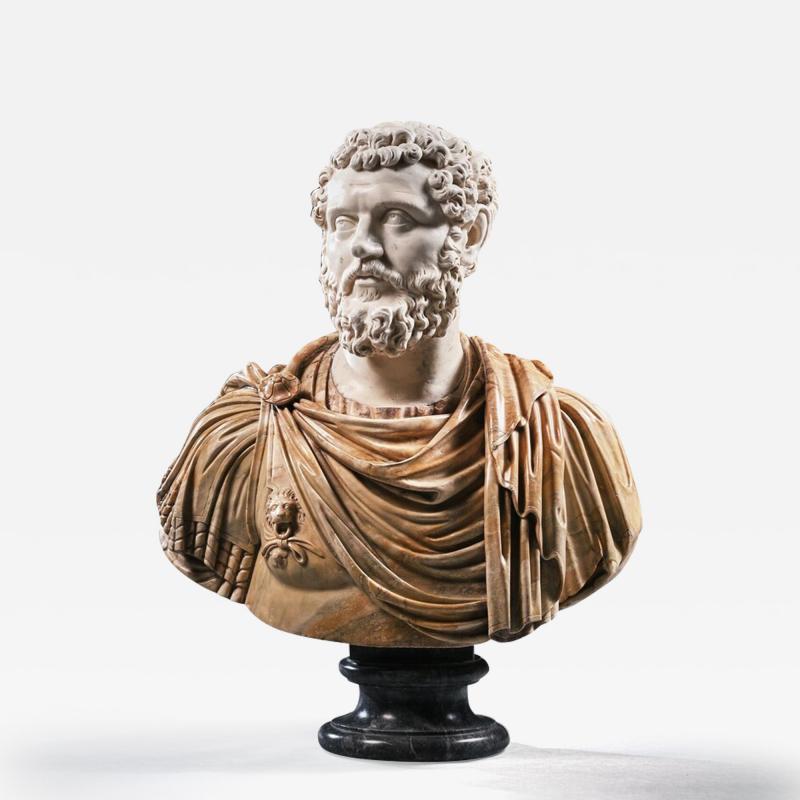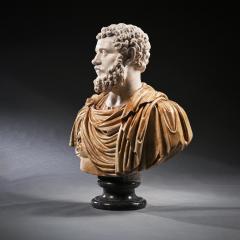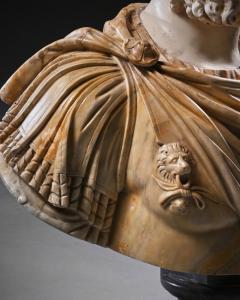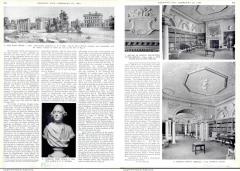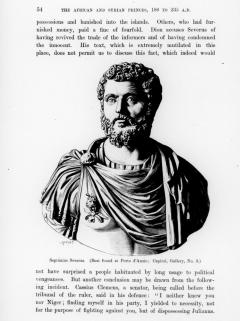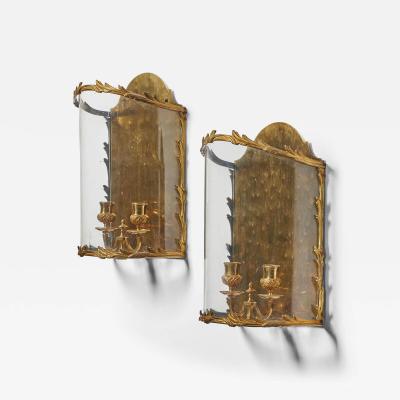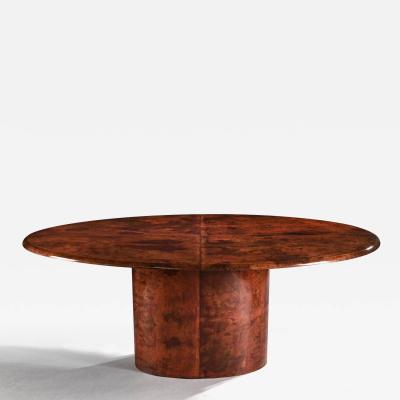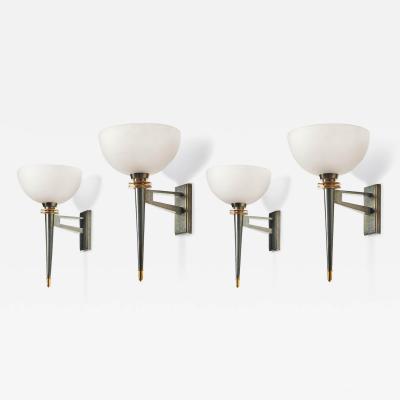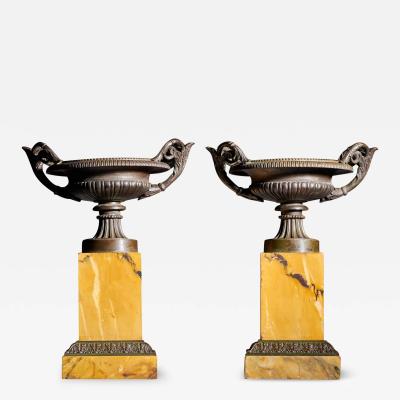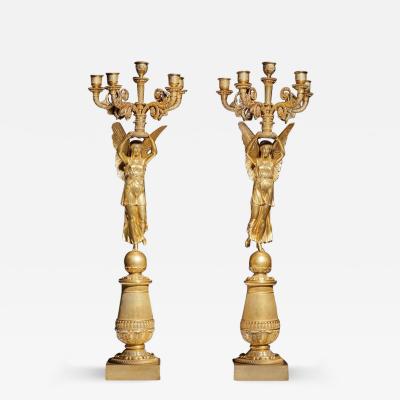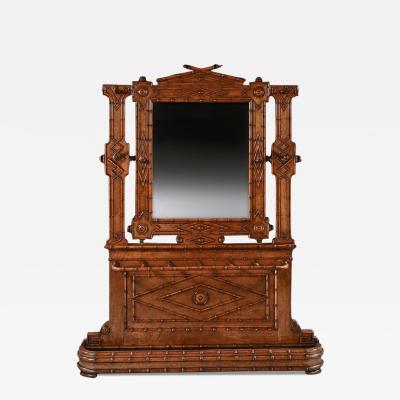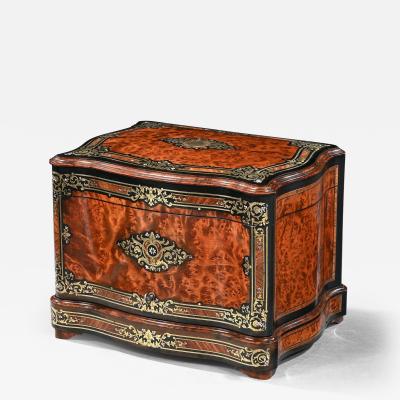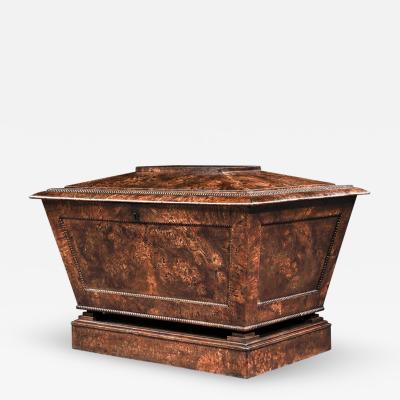A HUGE AND IMPORTANT 18TH CENTURY ITALIAN CARVED MARBLE BUST OF ROMAN EMPEROR
-
Description
A HUGE AND IMPORTANT 18TH CENTURY ITALIAN CARVED MARBLE BUST OF ROMAN EMPEROR SEPTIMIUS SEVERUS, ATTRIBUTED TO THE CAVACEPPI WORKSHOP
#3028
An Imposing and Important 18th Century Italian Carved Marble Bust of Roman Emperor Septimius Severus, Attributed to the Cavaceppi Workshop of grand scale standing 88cm in height.
Italian Circa 1750
Provenance
The private collection of Harry Per Fett (1875-1962) a prominent Norwegian art historian and head of the Norwegian Directorate for Cultural Heritage (1913-1946)
This fine portrait bust was executed in combination of white statuary marble for the bust itself, Siena or Verona marble for the drapery and a grey marble socle. The piece shows the emperor Septimius Severus, renowned as a great military leader and also the first African to serve as emperor, having been born in Laptis Magna (known today as Libya). The emperor is depicted wearing a toga over a tunic of some kind, the folds of the drapery particularly beautifully realised. The toga is clasped over one shoulder with a round cloak clasp with foliate detailing and then a decoration in the form of a lion's mask suspending a bow from a ring hangs over the emperor's chest. As virtuosic as these carved details are, it is the face of the emperor which draws the eye due to the remarkably lifelike carving. The hair and beard is rendered with remarkable skill and the character of the sitter seems to shine through in the rendering of his facial features.
Busts of this sort were in high demand with British Grand Tourists in the 18th and early 19th centuries with many remarkable sculpture collections being formed in the great British country houses during this period. Probably the most famous example is the exceptional collection at Wilton House in Wiltshire formed by the Earls of Pembroke and for comparative examples and a fine overview of these sorts of collections we refer you to Professor Peter Stewart et al, A Catalogue of the Sculpture at Wilton House.
Italian sculptors of this period were invariably restorers as well, often creating new works of art out of a combination of pieces of classical Roman sculpture with 18th century additions. G. B. Piranesi was famously involved in a lot of this work but he was far from unique with many confections being created to fool the rich patrons of the period. Our piece, however, is entirely 18th century and is not a remodelled earlier piece. In wonderful condition having had a professional repair to the neck line with the whole being wax finished.
The source for our bust would appear to be a Roman original excavated at Porto d'Anzio and captioned as in the Capitol gallery by Victor Duruy in his History of Rome, published in 1884 (please see image), it was then in the Albani collection (inv. 463) and subsequently in the Museo Capitolino at Rome.
This reference refers to the bust as that of Septimius Severus, Julianus Didius successor as emperor, academics are divided to this day as to this attribution wether it be of Septimus or Julianus Didius. A very long and interesting article by Anne McCann, "The Portraits of Septimius Severus (A.D. 193-211)," in Memoirs of the American Academy in Rome, vol. 30, 1968 supports the Septimius attribution but a more recent article by K. Fittschen and P. Zanker, Katalog der rmischen Portrts in den Capitolinischen Museen und den anderen kommunalen Summlungen der Stadt Rom, Band I, Mainz am Rhein has called all of this previous research in to question and suggested a convincing argument for this bust and the others like it to be seen as images of Julianus. Another bust of similar form with the cloak clasp but not the lion's head chest decoration, is in the Eskenazi Museum of Art in the USA as Septimus.
https://commons.wikimedia.org/wiki/File:Roman_marble_bust_of_Septimius_Severus,_Eskenazi_Museum_of_Art.jpg
and a Roman classical original, remarkably similar in form to our piece, was sold at Christie's in 2019 for $4.8 million dollars.
Named as Julianus Didius but caveat the difference in scholars opinions as to if it possible is Septimus Severus
https://www.christies.com/en/lot/lot-6199614
A similar classical bust of the emperor, but lacking the clasps on the toga and other elaborations, is in the British Museum
https://www.britishmuseum.org/collection/object/G_1805-0703-104
Due to the remarkable quality of the carving of our piece, we feel that a tentative attribution to the workshop of Bartolomeo Cavaceppi is not unwarranted. Cavaceppi (1716-1799) was a sculptor and restorer whose major client was the Pope. Indeed he was later honoured for his contributions to the Museo Clementino, part of the Vatican museums. Cavaceppi had plenty of other important aristocratic patrons both inside and outside of Italy, including Henry Blundell of Ince Blundell Hall for whom he carved a reduction of Trajan's column. Volumes of Cavaceppi's works, discussed in detail in Haskkell and Penny's Taste and the Antique: The Lure of Classical Sculpture (1981) show that the majority of the pieces made or restored by Cavaceppi appear to have been made for English and German clients. Indeed the great English sculptor Joseph Nollekens relied on Cavaceppi for a series of casts from the antique which he used as the basis for some of his own works. Amongst his other clients, however, were Catherine the Great of Russia and Gustave III of Sweden. A bust of the emperor Caracalla by Cavaceppi is in the Getty Museum
https://www.getty.edu/art/collection/object/103RSX
and another bust attributed to the sculptor was sold by Christie's in 2022
https://www.christies.com/en/lot/lot-6377696
A bust of Marcus Aurelius of similar feeling to our example was offered by Sotheby's from the collections at Htel Lambert in 2022 achieving 207,900 Euros
Htel Lambert, Une Collection Princire, Volume III : travers lHtel Lambert
https://www.sothebys.com/en/buy/auction/2022/hotel-lambert-une-collection-princiere-volume-iii-a-travers-lhotel-lambert/an-italian-onyx-and-marble-bust-of-the-emperor
Septimius Severus (145-211)
Born in to a wealthy north African family who had Italian blood through marriage, Severus grew up surrounded by merchants made rich by the trade in olive oil. Although something like a fifth of the cities in the Roman empire, all with some degree of autonomy, were located in Africa at the time of Severus' birth, he was the first man from this background to gain imperial power and become emperor of Rome. His family managed to acquire power and influence in Rome by buying landed estates there, thus allowing them to become senators and thus enter in to the political realm. Severus left for Rome aged 18 and became a barrister but, crucially, he was able to meet and befriend figures such as Pliny the Younger and Tacitus, both historians to whom we are indebted for much of our knowledge of the period as well as the poets Juvenal and Martial. Severus was later able to get an appointment to the military. His success in this role at a time of political turmoil in Rome ultimately allowed him to take part in the civil warfare in rome in 193 and emerge victorious, taking the throne in the process. Having realised that his fate relied to a great extent on the loyalty of his troops, Severus increased his soldiers' pay, ensuring their loyalty, and began a reign which involved great military conquests and stable and sensible governance at home. Severus extended the frontiers of Rome whilst also increasing religious freedoms in Egypt for example, making himself very popular with the local population as a result. He began codifying Roman law, something that formed the basis of modern Western principles of legal procedure. A cultured and pious man, he could be brutal in times of war but was one of the most successful of all of the emperors, establishing a legacy for his sons to continue.
This fine bust is a fitting memorial to a totemic figure in classical history and an exceptional work of art.
Width: 27 1/2 inches - 70cm
Height: 34 1/2 inches - 88cm
Depth: 19 inches - 48cm -
More Information
Period: 18th Century Condition: Good. Styles / Movements: Other Dealer Reference #: 3028 Incollect Reference #: 734397 -
Dimensions
W. 27.5 in; H. 34.5 in; D. 19 in; W. 69.85 cm; H. 87.63 cm; D. 48.26 cm;
Message from Seller:
Loveday Antiques, established in London in 1969 and now run by Alexander in Hertfordshire, specializes in an eclectic mix of 18th, 19th, and 20th-century European furniture and works of art. For inquiries, please contact info@lovedayantiques.co.uk or call 01438 869819—our showrooms are open by appointment, offering a relaxed, personalized experience for collectors and designers.
Sold















